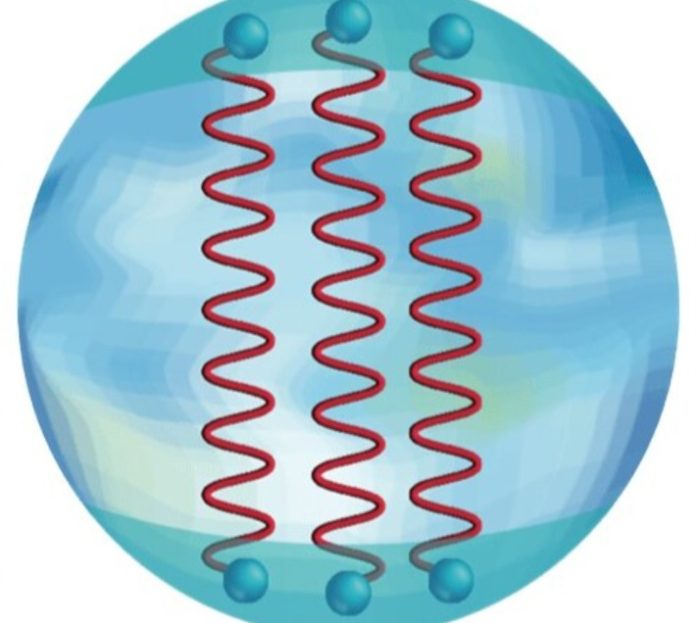
Understanding the stuff that makes up the heart of atoms—the protons, neutrons, and the tiny things inside them, called quarks and gluons—can be really tricky.
It’s especially complicated because we live in a world with three dimensions, like the length, width, and height of your classroom.
But what if we could simplify that by studying it in two dimensions?
Scientists have come up with a clever way to do this!
They’ve used a math technique that considers just one space dimension (like length) plus time (like the ticking of a clock).
With this approach, they’ve figured out how tiny disturbances, similar to ripples in a pond, move through super dense atomic stuff. This is what you’d find at the center of a type of star known as a neutron star.
These stars are special because they’re the densest things we know of in the universe!
By understanding how quarks interact in two dimensions, we get a new way to study neutron stars.
This is super exciting because there’s currently a lot of interest in these stars, sparked by recent discoveries of space waves and other cosmic signals.
The scientists discovered that when dealing with these tiny disturbances, the complications from our three-dimensional world are not necessary.
These disturbances might happen when a neutron star gives off energy, or because of its own magnetic fields spinning around. This new approach could also be used to compare with what happens when atoms crash together at high speed and create super hot, dense matter.
The science behind this is called quantum chromodynamics. It’s all about quarks bound together by a super-strong force carried by gluons. As matter gets denser, like inside neutron stars, it starts behaving more like a big lump of quarks without clear boundaries separating individual protons or neutrons.
This means that quarks on one side of the star interact with those on the opposite side.
Scientists at Brookhaven National Laboratory took advantage of this to work out how low energy disturbances behave near the edge of this dense matter.
These disturbances behave just like free, weightless particles, which are known in science as a “Luttinger liquid.”
This new method could let us explore new phenomena expected at the extreme densities within neutron stars and compare it with the super hot, dense matter created when atoms collide at high speeds.
This exciting research was published in the journal Physical Review D. It’s just one step in our journey to understand the universe, and who knows what exciting discoveries it could lead to next!
The work was published in the journal Physical Review D.
Source: Brookhaven National Laboratory.



